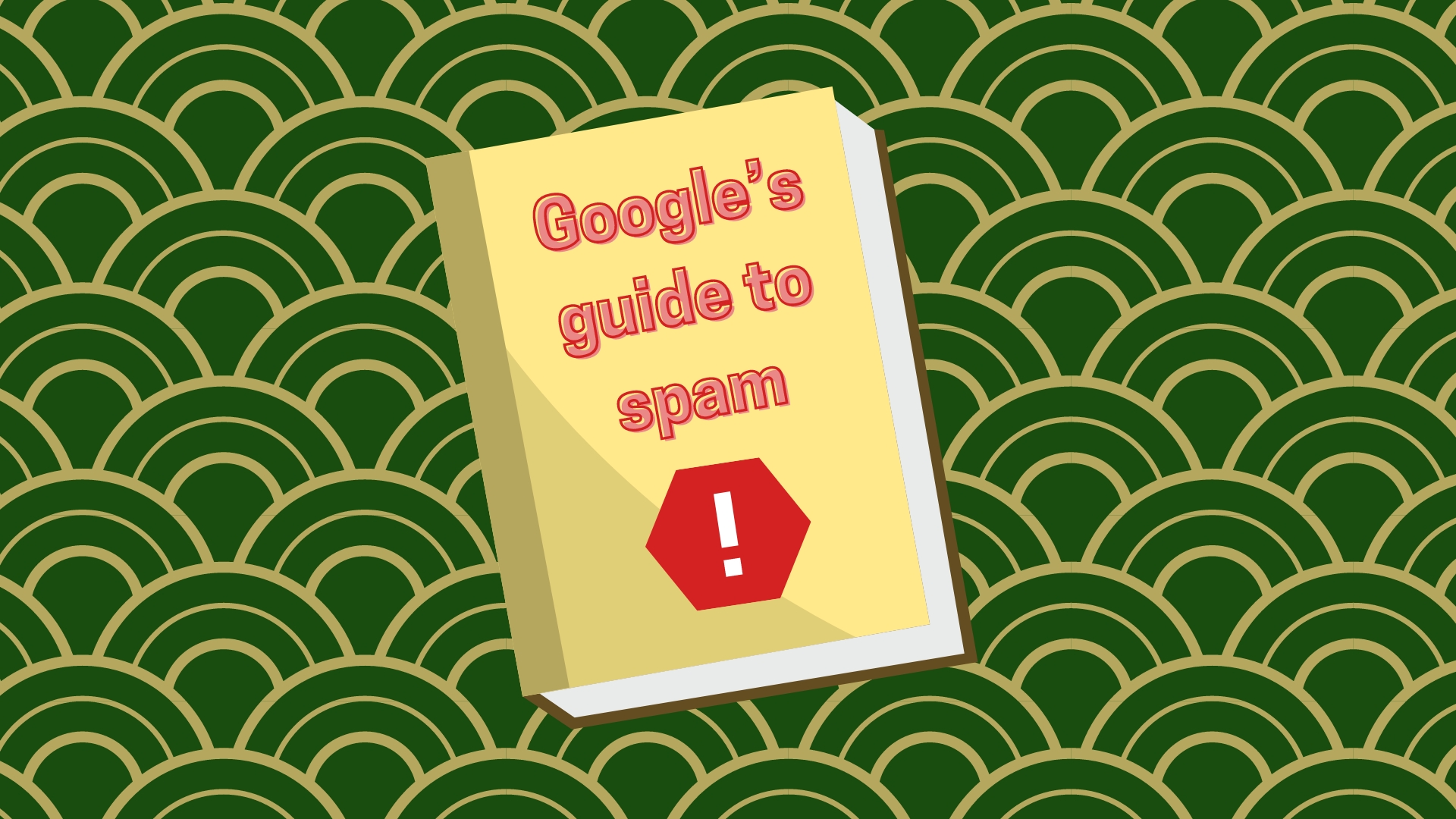Good afternoon and thank you for reading this week’s Digital Roundup.
In this week’s digital marketing news, we look at how Google’s new guidance for abuse and spam prevention, the top 4 ranking signals to pay attention to for Video content on Facebook, why you need to prepare alternative solutions to Instagram shopping, and how Yahoo’s new acquisition is helping fight fake news.
Google Update Its Spam and Abuse Guide
In a positive update for website owners, Google has made transparent changes to its spam and abuse resource centre, which is located on Google Search Central,
The most significant change to the resource centre is the inclusion of more robust suggestions to prevent abuse and guidance on identifying spam accounts, rather than just focusing on how to monitor them.
Spam and Abuse Prevention
Before this update, the first section in the resource centre spoke about “Web hosting services that are available without payment”. This has been changed to “Prevent abuse on your site and platform”.
The Web Hosting section focused on websites that use hosting services without payment, but now, even the most secure sites can have spam and abuse.
The newly improved spam prevention section gives all website owners using the resource centre more content to help them take actionable steps to protect their business’ website.
Google’s Suggestions
Google’s suggestions to prevent abuse and site spam are as follows:
- Publish a clear abuse and spam policy during the sign-up process
- Identify spam accounts by reviewing specific interaction patterns
- Use manual approval for suspicious user interactions
- Use blocklists to prevent repetitive spam attempts
- Block automated account creation
- Monitor site and platform for abuse
There are also additional new sections on the page, which contain manual as well as automated approvals for content or accounts that are deemed spam.
There are also suggestions on how to identify and block certain IPs, and plugins which help to automate this process.
Ranking Signals For Facebook
Meta has released the four top signals that Facebook’s algorithm uses to determine which videos will receive more attention and distribution compared to others in a recent blog post.
The top four ranking signals the algorithm uses are:
- Originality
- Audience Retention
- Audience Loyalty
- Engagement
In the blog post, Meta explained the video distribution strategy that the algorithm uses:
“Facebook’s video ecosystem values original content and encourages intentional and loyal consumption. We want videos on our platform to be authentic, enduring, and entertaining, which can turn casual viewers into passionate fans.”
What this means is that if the videos you publish are original, and audiences keep coming back to watch, then the content that’s published will surface on people’s feeds more often.
Here’s some more information on the signals that were listed.
Originality
The algorithm and Facebook by extension prefer videos that are created by the person or team that publishes them.
If the content isn’t 100% original, as long as you add something of value to the source material, then the video will still be prioritised.
An example of this is a creator adding a voice-over or commentary to an existing piece of content.
Ideally, you should avoid aggregating existing content if you cannot add something new to it.
Audience Retention
One of the strongest distribution signals is content that keeps an audience hooked.
In the blog post, Meta explained:
“Retention is one of the indicators of how well the content was received by the audience – a slow and gradual decline in the audience retention graph can show that the topic and structure of the video match well with what your audience wants to see, while an early drop off may mean that the content isn’t what the viewer expected.”
You should plan your videos around a storyline, make them mobile-friendly, and focus on good video production, and you should be able to retain viewers.
Audience Loyalty
Audience loyalty is also a ranking signal and goes hand-in-hand with audience retention.
Audience loyalty refers to how many times a user comes back and views more of an account’s video content.
This signal is improved if a user who’s watched a video goes out of their way to search for your account or the video again.
Meta’s recommendation is to publish “bonus” content such as B reels whilst you’re waiting to publish higher-production content.
You can also optimise for Facebook search by using proper titles and relevant hashtags.
Engagement
The final key ranking signal is engagement.
The algorithm prioritises videos that generate conversations and interactions with other users.
If an account shares the video with a friend, this will increase the distribution. Comments and reactions are also ranking signals that factor into video distribution.
However, you should avoid using engagement bait, which is a negative ranking signal.
Negative Ranking Signals
Meta has said that the following list contains negative ranking signals, which can harm how your video is distributed on Facebook:
- Engagement bait- Using captions such as “like this if you agree” can harm your videos.
- Watchbait- This is when you withhold information until the end of a video.
- Clickbait- This is when viewers are lured to click on a link for information which isn’t shared in a video in an intentional manner.
These ranking signals can also harm your eligibility for monetisation on a video.
Instagram Cutting Back On Shopping Features
Instagram is currently planning to scale back the shopping features on its social media platform, the focus will be shifted to e-commerce efforts that drive advertising instead.
This was revealed in an internal memo to Instagram staff from earlier this week. The memo explained that the shopping page would be retired due to “shifts in the company priorities”.
Whilst the feature won’t go away entirely, it will be made simpler and less personalised, and it will be called “tab lite”
Instagram’s garnered criticism from users, celebrities, and news outlets due to recently tested design changes which eventually had to be rolled back because of comparisons to TikTok, some people referred to the platform as “TikTok Lite” or “Diet TikTok” because the focus had shifted to Reels when the original focus of the platform was photo-sharing.
Some disgruntled users have gone so far as to make a Change.org petition to “Make Instagram Instagram Again”.
Advertisers and brands who rely on Instagram shopping will have to find another way of promoting the products they sell, it’s better to do this now than later because there’s no telling when these changes will come into effect.
Yahoo Acquire The Factual, An Algorithm-Driven News Company

Yahoo has announced that they’ve made a deal to purchase a company known as The Factual, which is an algorithm-driven news rating company, the idea is that they score the credibility of news sources and outlets.
Yahoo’s reasoning for this deal is that they will implement the score to provide users with insight to the accuracy and reliability of where they’re getting their news from.
Yahoo commented on the acquisition in a press release:
“The acquisition continues Yahoo’s commitment to bringing trusted news and information to its nearly 900 million consumers worldwide and builds on the company’s future vision of news,”
The financial terms of the acquisition have not been released to the public.
But what does this acquisition mean for Yahoo?
This purchase arguably shows Yahoo’s dedication to fighting intentional or unintentional disinformation.
The Factual is a microbusiness, as they only have eight employees (who’ll be joining Yahoo once the deal goes through) but obviously, Yahoo sees a great value in the business.
Mis and Disinformation are becoming more common on social media or news outlets, which is causing concern as people believe we’re already in an age where information overload is common.
Yahoo is celebrating the scoring system by saying it’s a “first of its kind analysis of news stories,”, as it goes further than the fact-checking algorithms and initiatives offered by Google and Meta.
“The combination of Yahoo’s journalism and our publishing partners’ content with The Factual’s news rating algorithm will bring a new level of transparency to Yahoo users, enabling them to make informed decisions on their news sources,”
– Matt Sanchez, President and GM of Yahoo Home
The Factual currently scores over 10,000 articles a day.
How the scoring system works
The scoring system uses AI to score news from 0-100. Four factors are considered by the AI:
- Site quality
- Author Expertise
- Article tone
- Source quality
The scores are then combined to form a weighted average, which is shown to the reader of the article. The lower the score, the lower the credibility, and vice versa.






